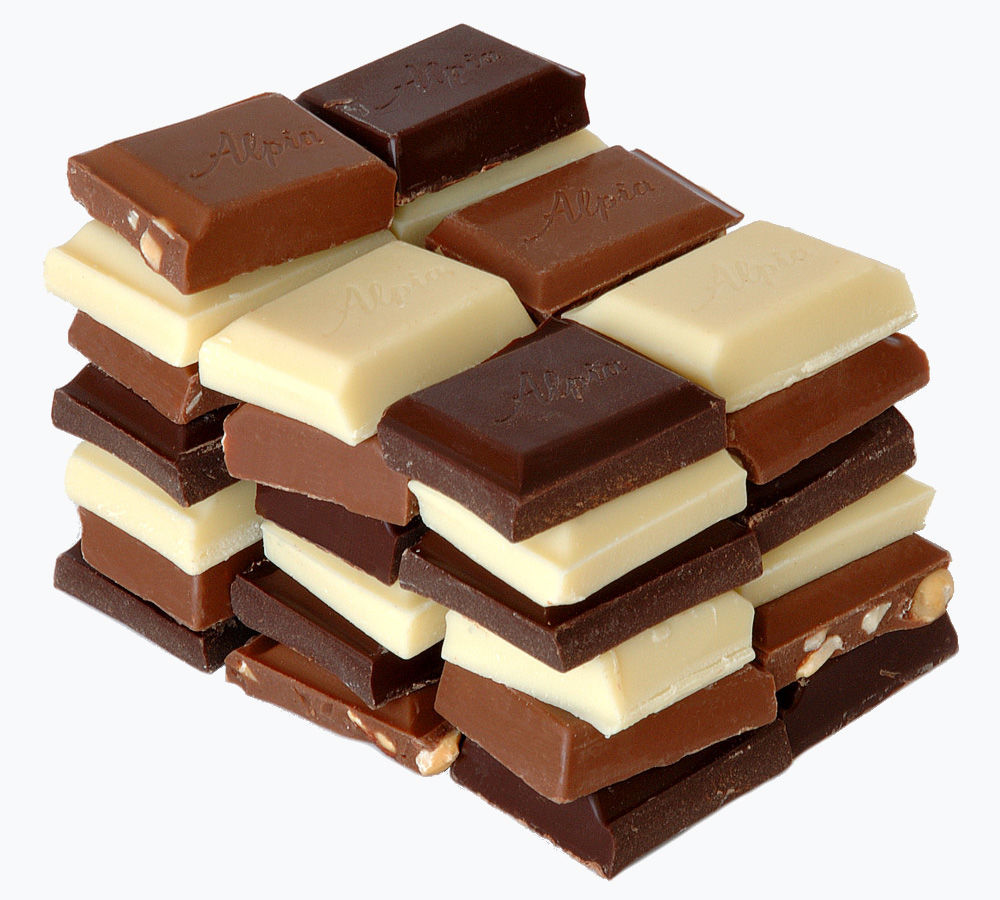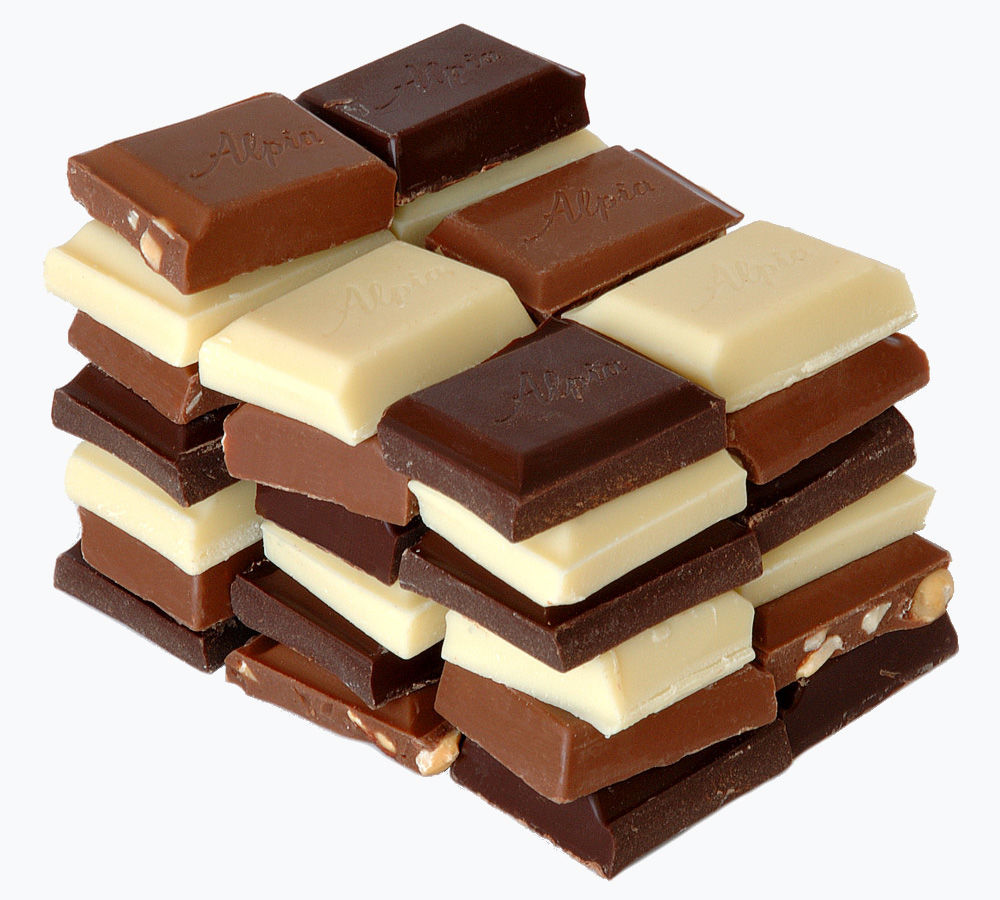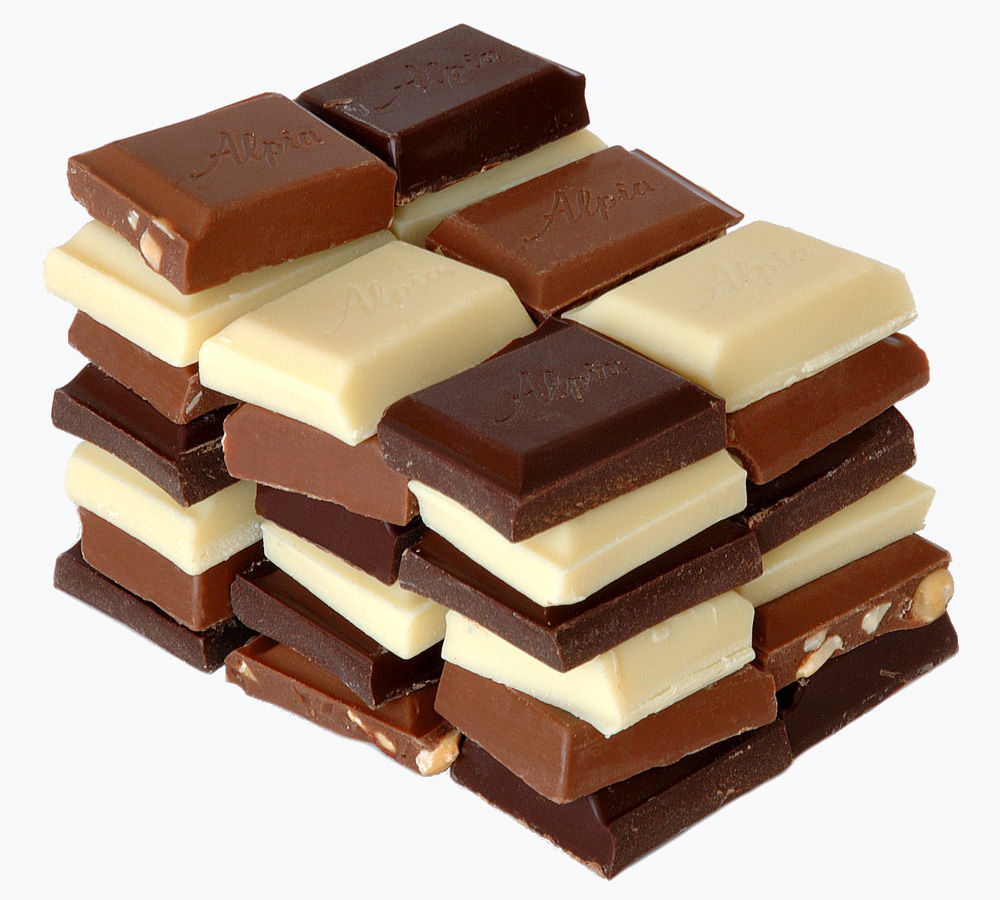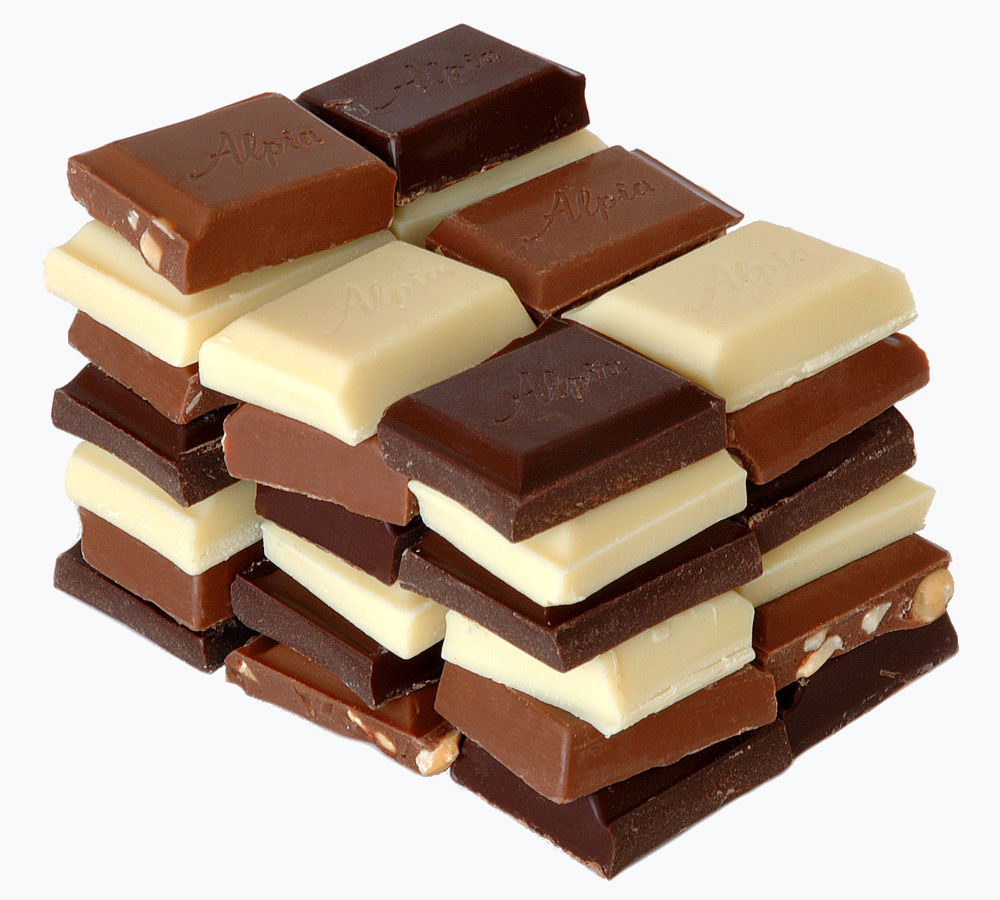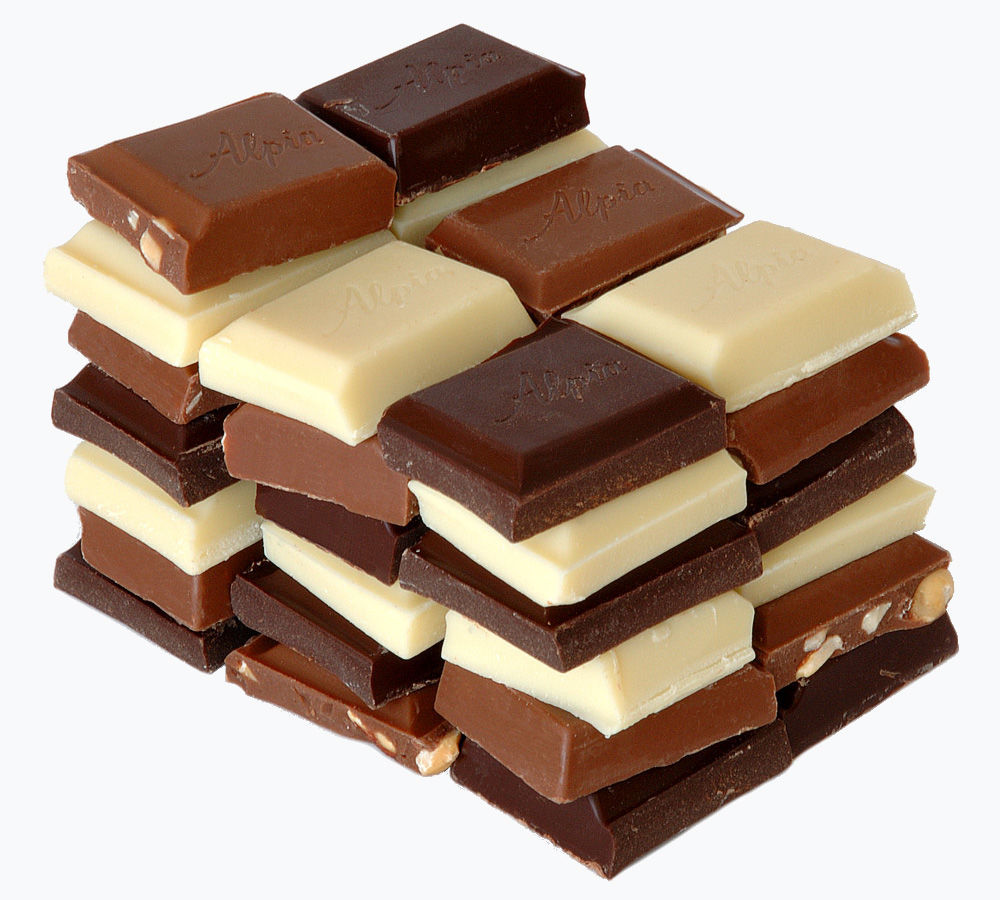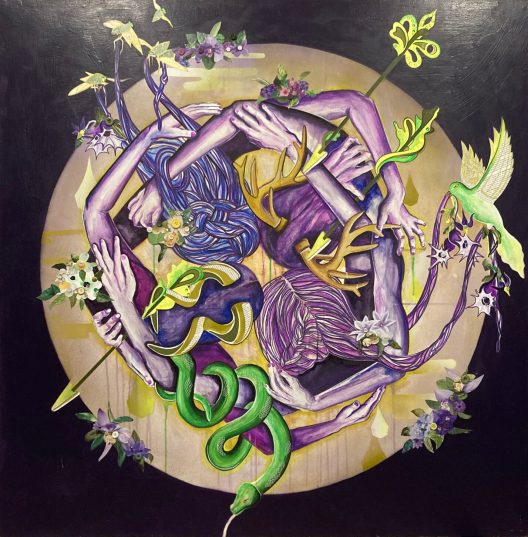The theme for this month’s issue of Her magazine is relationships. And I, of course, write about food, and in particular, how food is a great way to bring people together.
So when I was contemplating my topic for this month’s column, I thought: Food … bringing people together … relationships. I got it! Aphrodisiacs.
There is one supposed aphrodisiac that is on everyone’s mind this time of year and that is chocolate.
According to researchers, there is some science behind the idea of chocolate as an aphrodisiac. It comes down to two chemicals that chocolate contains: Tryptophan — a building block of serotonin, a brain chemical involved in sexual arousal; and phenylethylamine, a stimulant related to amphetamine that is released in the brain when people fall in love.
But scientists also concede that these chemicals occur in such small amounts that there really isn’t a measurable effect on desire.
This also is the conclusion of an Italian study on the effects of chocolate on desire. (Leave it to the Italians do this type of research.)
In a study, three groups of women younger than 35 (apparently, women are more sensitive to these chemicals than men) consumed chocolate either once per day, three times per day or no times per day (it would have been sad to be in that group). They all self-reported no discernible effect on their desire, either positive or negative.
This, of course, leads everyone to conclude that chocolate is like any other aphrodisiac. Its effect is more psychological than physiological.
This sad, but not surprising, news does not diminish chocolate’s other popular trait: Its deliciousness.
To help you feel less guilty about eating it, there are all kinds of other health claims associated with chocolate, especially dark chocolate — the kind that says 70 percent (or higher) on the label. This type of chocolate contains antioxidants, fiber, potassium, calcium, copper and magnesium.
That brought up another question that sent me hunting for some answers.
How does dark chocolate differ from milk chocolate, from bittersweet chocolate, from semisweet chocolate, from white chocolate? There is a seemingly endless list of types of chocolate to choose from, especially when you are baking or making desserts.
Here is what I found out: The U.S. Food and Drug Administration has rules on this. There are three main types of chocolate: Milk chocolate, dark chocolate and white chocolate. The differences among them are related to ingredients and how they are made.
Chocolate liquor
Sometimes referred to as unsweetened chocolate, this is the base of all types of chocolate. This thick, dark brown paste is created from cacao nibs — the inside of the cocoa bean. The nibs are finely ground to a smooth texture and when heated, this paste turns into a liquid that can be formed into bars or chips. Chocolate liquor is 100 percent cocoa, with no added ingredients. Under high pressure, this paste separates into cocoa butter and cocoa powder. (Interesting fact: Chocolate liquor does not contain alcohol.)
White chocolate
This is easy to identify because of its creamy white color. It is made by combining sugar, cocoa butter, milk, vanilla and lecithin (an emulsifier that helps the ingredients blend together). These ingredients give white chocolate its sweet vanilla aroma. Good quality white chocolate will have a rich, soft, and creamy texture — a characteristic that comes from its cocoa butter base and high sugar and milk content.
White chocolate is unique because it does not contain any cocoa solids. The cocoa solids are what give chocolate its dark brown color and chocolaty taste. According to the FDA, in order to be considered white chocolate, it must contain at least 20% cocoa butter, 14% milk and no more than 55% sugar.
Milk chocolate
With its light brown color, creamy texture and sweet flavor, milk chocolate is widely regarded as the most popular type of chocolate. It is made by combining chocolate liquor with sugar, and milk. According to the FDA, milk chocolate must contain at least 10% chocolate liquor and 12% milk.
Dark chocolate
Dark chocolate sometimes is referred to as black or semisweet chocolate and is noticeably less sweet than milk chocolate. It typically is made from only two ingredients — chocolate liquor and sugar. Sometimes, small amounts of vanilla and soy lecithin (an emulsifier) are added. According to the FDA, dark chocolate must contain at least 15% chocolate liquor but usually contains closer to about 50%
Bittersweet chocolate
Bittersweet chocolate has become more popular in recent years as people started to learn more about cacao and cocoa percentages. (This is the kind of chocolate with the supposed health benefits.)
Semisweet and bittersweet chocolate share the same FDA definition and must contain more than 35% chocolate liquor, although they generally contain at least 50% cocoa liquor. Bittersweet chocolate typically is 66% cocoa content or higher. (The added sugar usually is less than one-third of the total content.) And 70% cocoa content or higher is when scientists say the health benefits kick in.
Cocoa powder
This is created when chocolate liquor is separated under high pressure and the resulting cocoa solids are crushed into a powder. Unsweetened cocoa powder is 100% cocoa.
There are two types of cocoa powder: Natural cocoa and dutch-processed cocoa. Natural cocoa is lighter brown in color and has a strong chocolate flavor that often is acidic. Dutch cocoa is natural cocoa that has been alkalized to neutralize the acidity. The dutch-process gives the cocoa powder a deep, warm color and slightly milder flavor.
As an avid cook and struggling baker, I found this information interesting and particularly useful when I think about the many things that there are to bake with chocolate. (And I always wondered what Dutch processed cocoa powder was.)
As you approach this season of appreciating your honey or feeling sad about your lack of a honey, think about chocolate as a way to mark the occasion.
Information in this article on the chemicals in chocolate that cause arousal and Italian study on desire and chocolate were taken from the article, “The Claim: Chocolate is an Aphrodisiac,” by Anahad O’Connor and published in the New York Times on July 18, 2006.
Information on the different types of chocolates comes from the Lake Champlain Chocolates website.
Leslie Shalabi is the co-founder of Convivium Urban Farmstead, a Dubuque-based nonprofit organization based on the idea of creating community around food. A lifelong lover of food and entertaining, she is dedicated to helping people find ways to connect through the universal languages of food and hospitality.

